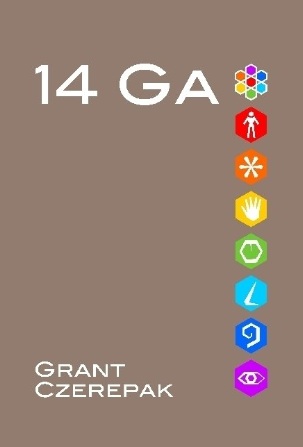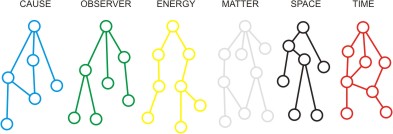I just visited the archive of Tim Brown’s Design Thinking Blog and came across the following post:
Definitions of design thinking
Tim Brown » 07 September 2008 » In design thinking »

In my HBR article I gave a ‘definition’ of design thinking. It was:
Design thinking can be described as a discipline that uses the designer’s sensibility and methods to match people’s needs with what is technologically feasible and what a viable business strategy can convert into customer value and market opportunity.
On reflection this is a narrow description that focuses on design thinking’s role within business. The next sentence that I wrote.“….design thinking converts need into demand” , which I borrowed from Peter Drucker, broadens things out a bit but still assumes an economic motivation.
I am grappling with two questions as I think about this.
1. Is there a general definition of design thinking?
2. Is it useful to have one?
I think Tim has something very good here and suggest that the following would be a further breakdown of his classification:
- Viable: Business
- How Much: Quality
- How Many: Quanitity
- Feasible: Technology
- What: Material
- How: Process
- Desirable: Human
Obviously, if you have been following my blog, you can see the same pattern appearing and reappearing as we explore other’s concepts. The six interrogatives continue to reassert themselves. However, I think I finally nailed one more aspect on the head. I hate to say it, but it came to me in a dream about working on a programming project:
- Reliable:
- Where: Location
- When: Timing
Quantity and Quality are two aspects of design/system thinking that are continually overlooked by academics and specialists, but not business people.
Interestingly enough this perspective is not new. Clayton M. Christensen in his book The Innovator’s Dilemma discusses a four part model that fits nicely with this:
- Availability
- Compatibility
- Reliability
- Cost
I consider, Clayton’s the most empirical ordering. Consequently, I would like to mesh Tim’s, Clayton’s and my perspective into the following:
- Feasibility: Technology
- How
- What
- Compatibility: Personality
- Why
- Who
- Availability: Market
- Where
- When
- Viability: Business
- How Much
- How Many
Now, looking at this I am reminded of Malcolm Gladwell’s book, Tipping Point, and it adds the following character to the model:
- Feasability: Mavin
- How: Processes
- What: Materials
- Compatibility: Connector
- Why: Goals
- Who: People
- Availability: Salesman
- Where: Locations
- When: Schedules
- Viability: Customer
- How Much: Costs
- How Many: Units
Universe: A Multi-Dimensional Medium
Let’s do a thought experiment. I want to take design thinking and abstract it to a system.

Imagine that there are no solids, liquids, gases or plasmas or particles. That the Universe is a fluid medium swirling between equilibrium and non-equilibrium in multiple dimensions. What we perceive to be solid, liquid, gas or plasma are not states, but intersections of dimensions that describe interdimensional vortices. Energy is the intensity of a vortice. Mass is a vortice of a set of dimensions. Light is a vortice of a set of dimensions. All of the particles are vortices of sets of dimensions. Each influence the other based upon which dimensions they are composed of.
R. Buckminster Fuller clearly states in his work that we should perceive the systems as finite four dimensional spheres.
There are only four fundamental states: vortice verge, vortice converge, vortice emerge, vortice diverge.

Everything we perceive are combinations of these vortice states. The states are +/- vortice yaw, +/- vortice pitch, +/- vortice roll.
If any vortice is spiraling toward you it is positive, if any vortice is spiraling away from you it is negative. By definition, no vortice can be stationary with respect to you.
There are only eight fundamental vortices: How, What, Why, Who, When, Where, How Much, How Many.
This gives us the following eight vortice, four state table:

Take the time to look at the terms defining each of the white cells in the table. Each row is the addition of a dimensional vortice. For example: Each additional “when” vortice is another separate clock. Each additional “where” vortice is another separate radius. All of them are factors in a system or a design.
And even this representation is inaccurate. If we consider fractal geometry and chaos theory, there are no points, no straight lines, no arcs, no planes, no circles, no polygons, no polyhedrons, no spheres, only vortices that are above, within or below our range of perception. Space cannot be filled with any geometric shape. Everything is composed of vortices–spirals.
We have to abandon the flat world, flat space models we currently cling to. The world and the universe are not infinite planes. The world is a finite island of non-equilibrium in a predominantly equilibrium universe.
And that is it, the Czerepak (Chair-eh-pak) Framework.
Copyright (c) 2008 Grant Czerepak. All rights reserved.
Links:




























